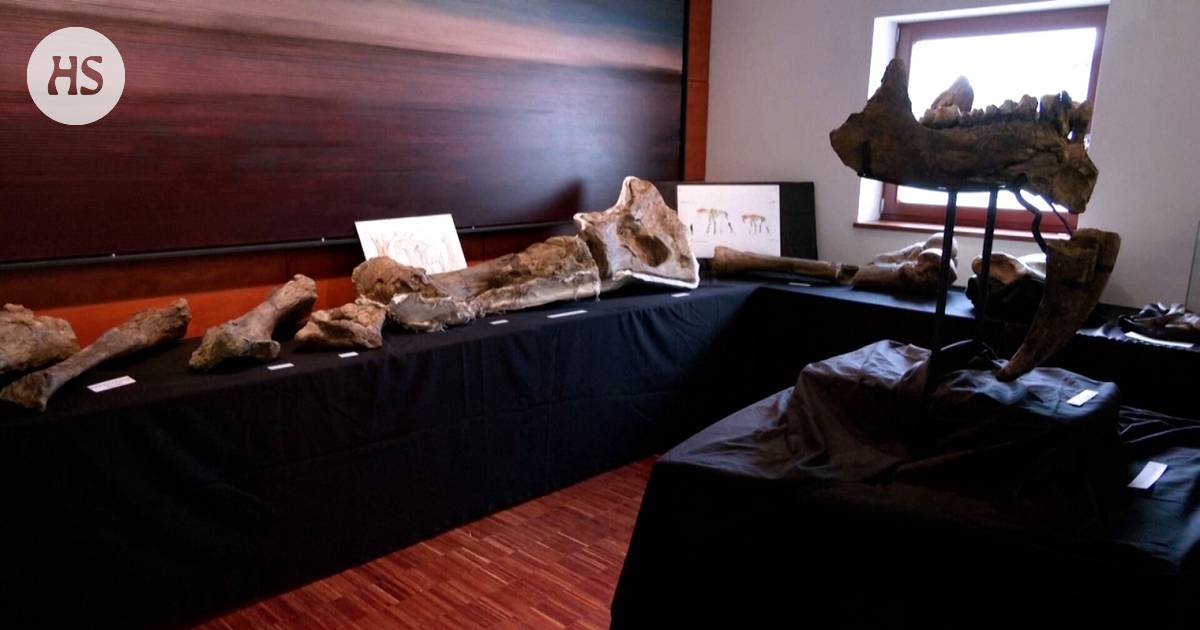The possibility of China building a circular electron positron accelerator (CEPC) has sparked significant debate within the scientific community. While some argue that the country should prioritize more pressing issues such as economic development and environmental protection, others believe that the potential scientific advancements from CEPC justify the cost.
Professor Eliezer Rabinovici, president of CERN in Switzerland and France, is among those who support the project. He believes that Chinese scientists have the capability to create the largest particle accelerator on Earth, surpassing the capabilities of the Large Hadron Collider (LHC). However, physicist Yang Chen-ning has expressed opposition to the project, arguing that China should focus on other areas of development instead of investing in a super particle accelerator.
Despite these concerns, proponents of CEPC argue that it would lead to groundbreaking discoveries for decades to come. Wang Yifang, director of the Institute of High Energy Physics (IHEP) in Beijing, has led a team at IHEP that has garnered international recognition for their work on CEPC design. If built, CEPC could generate millions of Higgs bosons and lead to new discoveries beyond the standard model of particle physics.
While construction costs would require significant funding, proponents argue that long-term benefits for scientific research and advancement outweigh short-term costs. Wang Yifang is optimistic that construction could begin within three years pending government approval and funding. Despite challenges associated with such a massive undertaking, supporters are motivated by potential cutting-edge scientific discoveries and advancements.
The feasibility of building CEPC has been under consideration by China for nearly a decade now. While there are detractors who question resource allocation, there is growing support within the scientific community for this initiative.



